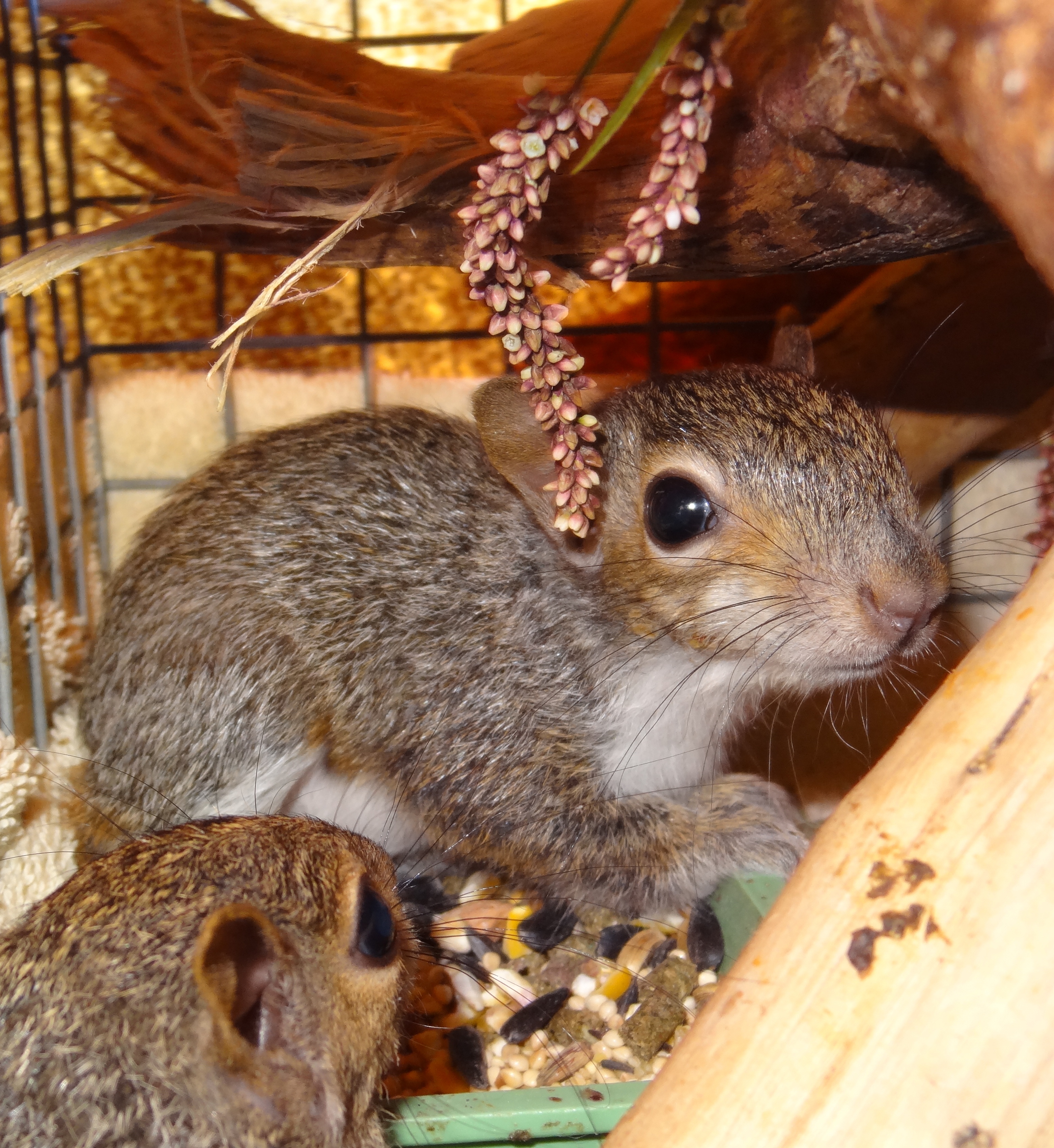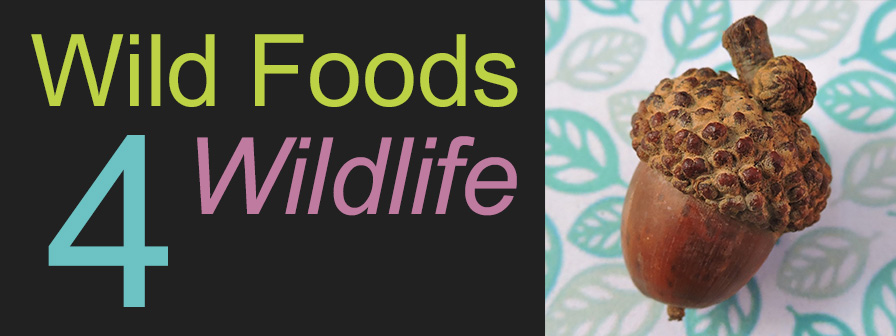
The list below ranks in order the top 25 favorite wildlife preferred roots, rhizomes, corms and other underground parts.
The ranking is determined using two criteria to describe the role of the plant food in animals’ diets:
1) the number of species that utilizes the food,
2) how significant the food is within an individual species overall diet
So while a food may not be popular across a large number of species, it still could be strongly preferred by a few species. By coordinating with a rehabber’s specific needs, a forager can decide which plants to best target for collection.
Be sure to check any item listed below in the database to see if there are any toxicological warnings associated with that plant or part of the plant.
| Common Name | Botanical Name | |
| 1 | wild celery | Apium graveolens |
| 2 | spikerush | Eleocharis spp. |
| 3 | waterlily | Nymphaea spp. |
| 4 | arrowhead | Sagittaria spp. |
| 5 | bulrush | Scirpus spp. |
| 6 | eelgrass | Zostera spp. |
| 7 | flatsedge | Cyperus spp. |
| 8 | cordgrass | Spartina spp. |
| 9 | rice cutgrass | Leersia oryzoides |
| 10 | saltgrass | Distichlis spicata |
| 11 | bulrush, saltmarsh | Bolboschoenus robustus |
| 12 | bulrush, threesquare | Schoenoplectus pungens |
| 13 | cattail | Tyhpa spp. |
| 14 | bulrush, Olney’s threesquare | Schoenoplectus americanus |
| 15 | cattail, broadleaf | Typha latifolia |
| 16 | Queen Anne’s Lace | Daucus carota |
| 17 | panicgrass | Panicum spp. |
| 18 | spring beauty, Virginia | Claytonia virginica |
| 19 | hogpeanut, American | Amphicarpaea bracteata |
| 20 | waterstarwort | Callitriche spp. |
| 21 | goldenrod | Solidago spp. |
| 22 | sawgrass, Jamaican | Cladium mariscus |
| 23 | switchgrass | Panicum virgatum |
| 24 | sedge | Carex spp. |
| 25 | violet | Viola spp. |
What Criteria is Used for the Ranking the Lists?
The main resources used to build this website usually rated foods in three levels of preference: high, middle and low. But, a plant may be high preference in Michigan but lower preference in Virginia. So the preference factor has some built in limitations. Still, it is factor #1 in the algorithm.
The second factor considered was how many species of animals ate the part of the plant in consideration. A seed that 29 species of animals eats would outrank a seed that only 5 species eats.
From a foragers perspective, it would be ideal to collect the most highly preferable foods that feed the widest range of rehabilitation animals, right? Well maybe not.
Consider if a rehabilitator only works with foxes. To research which foods would be most beneficial in the “fox only” scenario, the only consideration that she would care about is the most preferred food for foxes, not how many other species ate it.
So the ranking lists are the most general broad interpretation of the data. You will want to generate your own lists from the search feature to find out just what you want to target for collection.
References Used with Permission
The Fire Effects Information System, U.S. Department of Agriculture, Forest Service, Rocky Mountain Research Station, Fire Sciences Laboratory (Producer).
Fire Effects Information System (2017) Plant species ecology literature reviews. Retrieved various dates from https://www.feis-crs.org/feis/
Martin, A.C., Zim, H.S., Nelson, A.L. (1951). American Wildlife and Plants: A Guide to Wildlife Food Habits. New York: Dover Publications.
Scott, M. (2013). Songbird Diet Index. National Wildlife Rehabilitators Association, St. Cloud, MN.
